From the regal Guinea turaco to the playful Parotia, birds with feathers on their heads are some of the most fascinating and beautiful creatures on the planet.
Whether brightly colored, intricately patterned, or simply elegant in their simplicity, these birds never fail to capture our attention and imagination.
In this article, we will explore 15 different types of birds with feathers on their heads, each with their own unique characteristics and behaviors that make them truly remarkable.
So, get ready to be enchanted by the feathered wonders of the avian world, and discover the beauty and diversity of these incredible creatures.
| Image | Name |
|---|---|
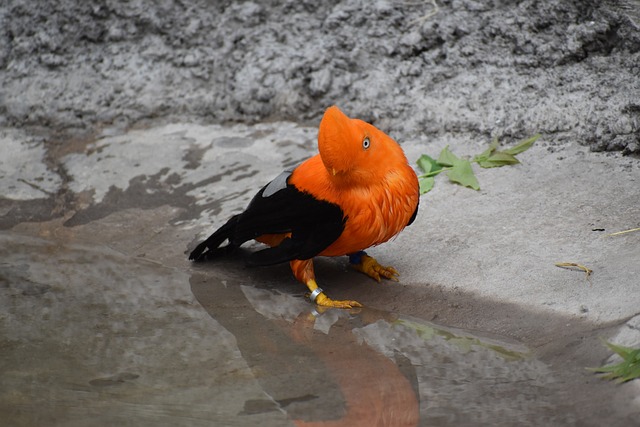 | Andean Cock |
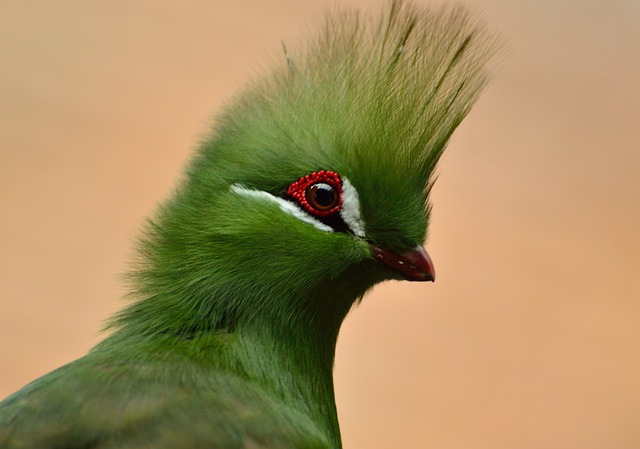 | Guinea turaco |
 | Wilson's Bird |
 | Royal Flycatcher |
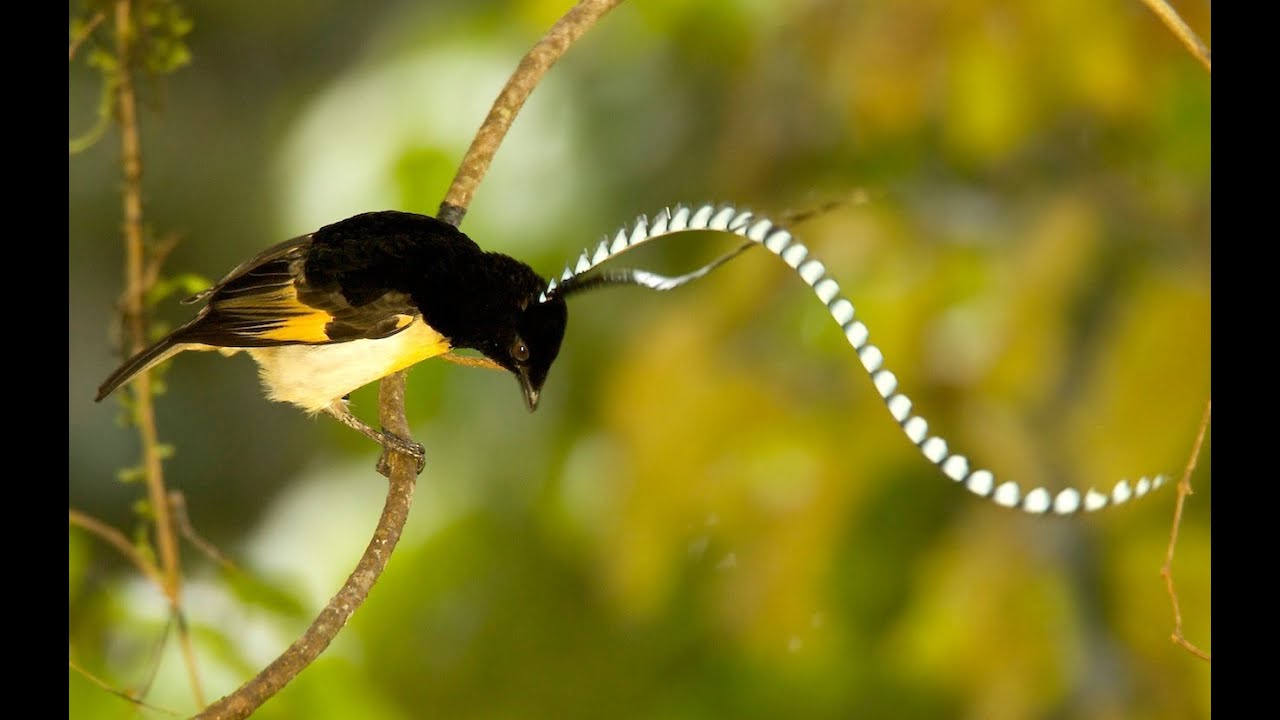 | Saxony King |
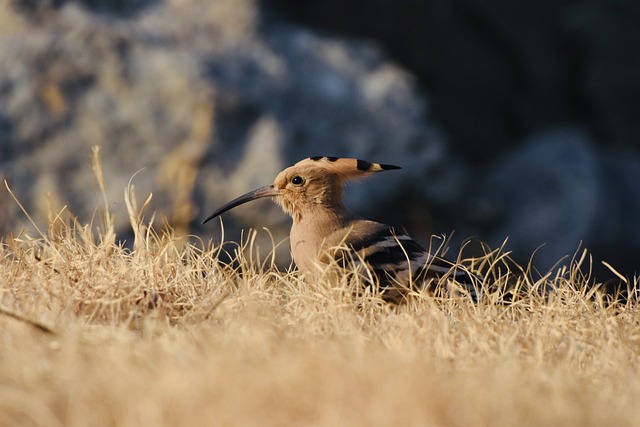 | Hoopoe |
 | Wire-Crested Thorntail |
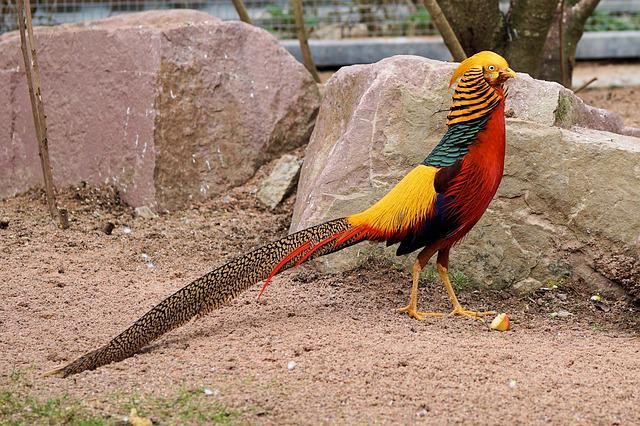 | Golden Pheasant |
 | Parotia |
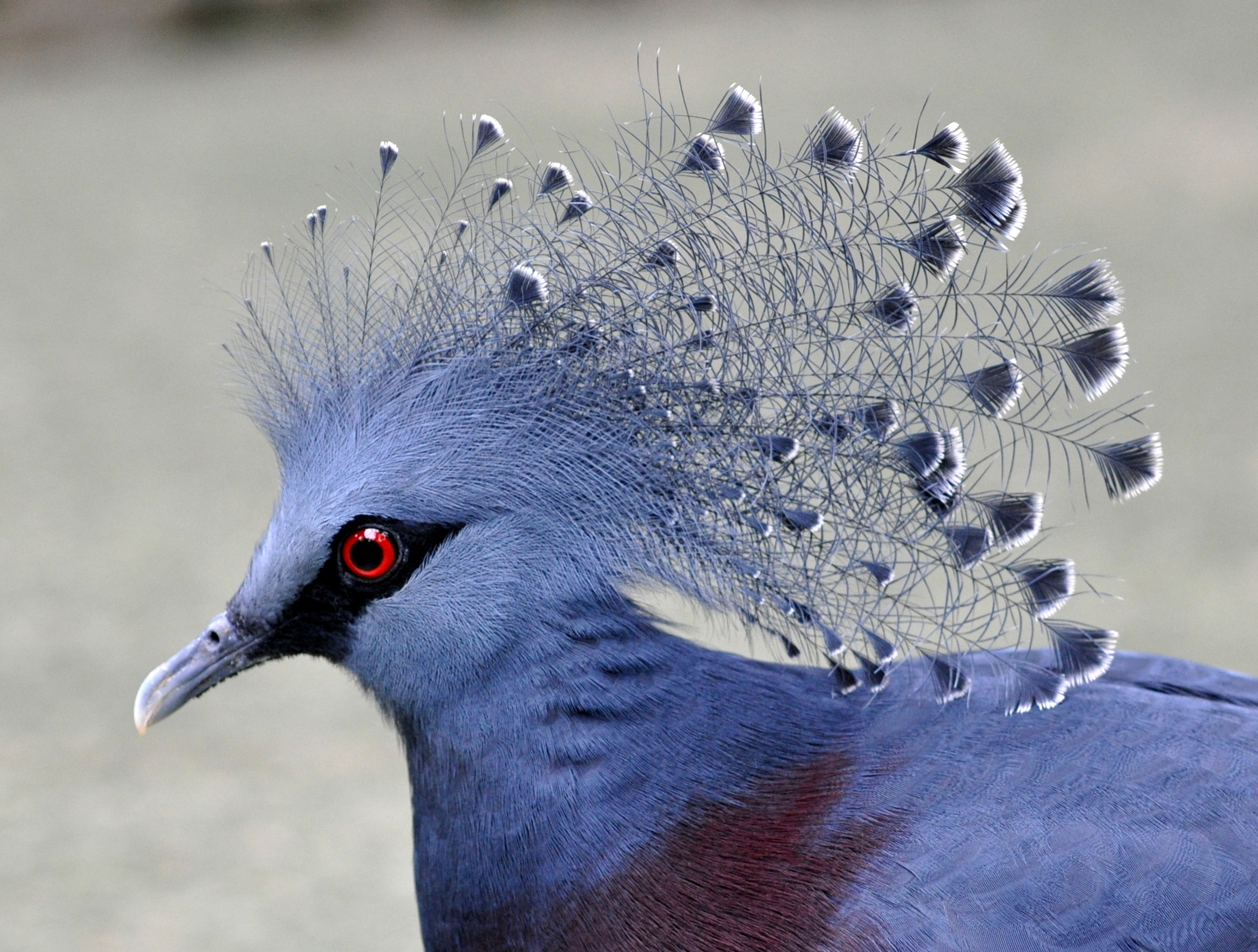 | Blue-Capped Pigeon |
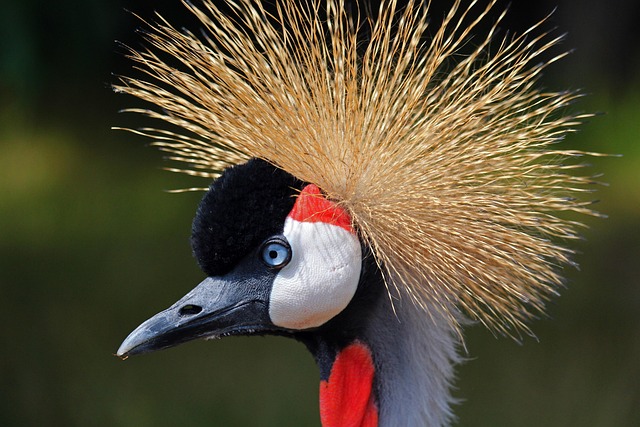 | Black-Crowned Crane |
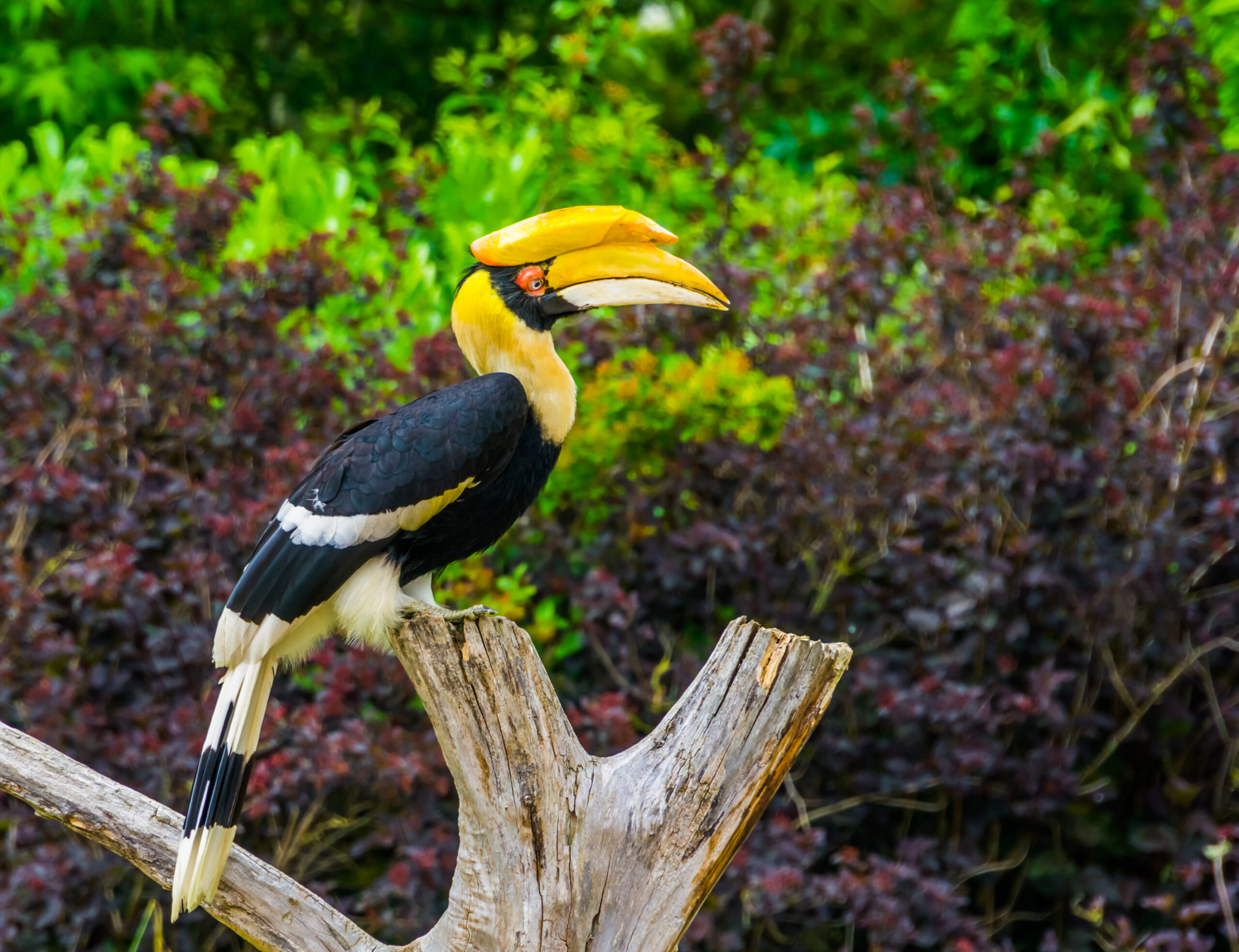 | Great Hornbill |
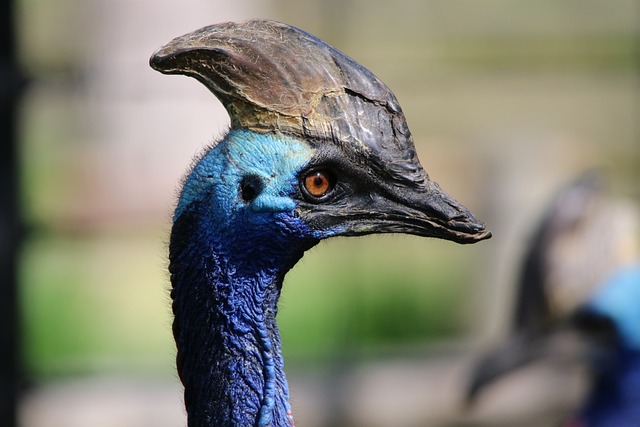 | Cassowary |
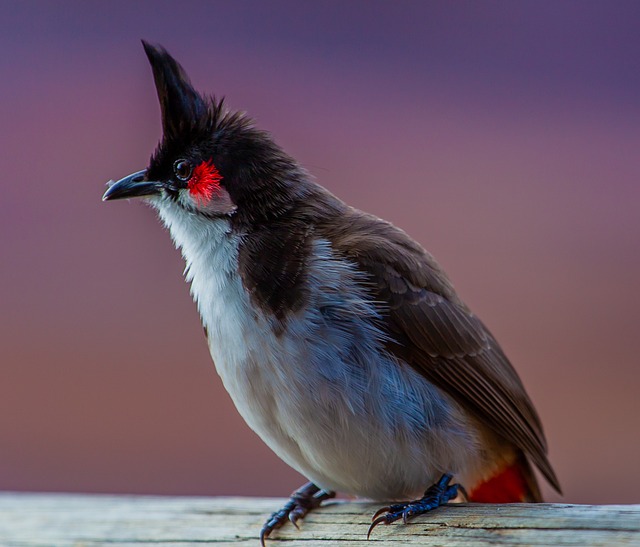 | Red-whiskered bulbul |
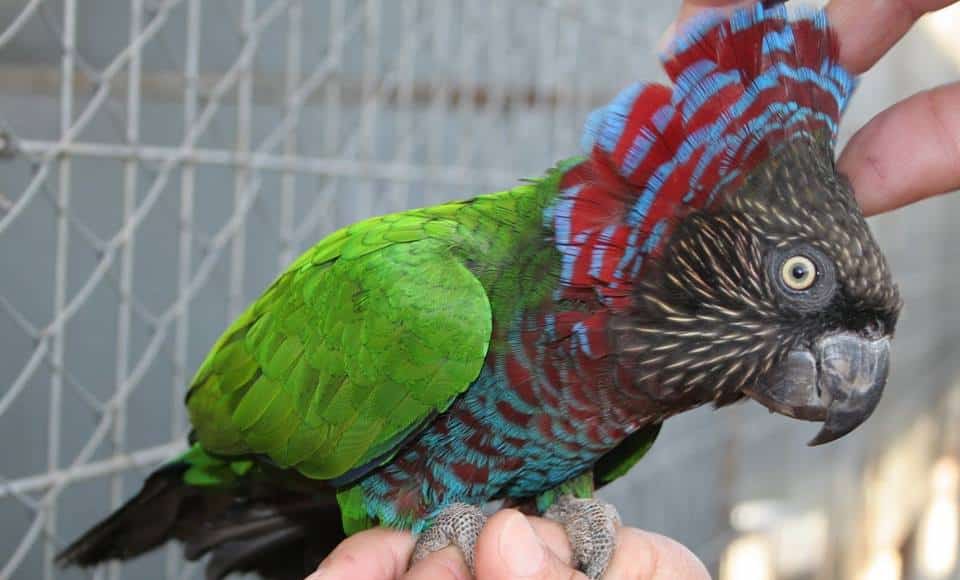 | Hawk-Headed Parrot |
Types of Birds with Feathers on Head
1. Andean Cock

The croaking of this bird, which is the national bird of Peru, is reminiscent of a frog, and its nests are made of mud cups. This bird is a fascinating specimen.
The females have plumage that is a darker shade of orange, but the males have plumage that is a brighter shade of orange and a disc-like puff of feathers on top of their heads.
They spend the majority of their time croaking and showing off their bizarre hairstyles in the hopes of courting a female.
These birds are found in the cloud highlands of the Andes, which is where their name says they would be found.
2. Guinea Turaco

This lively greenish bird, which is quite sociable and may dwell in flocks consisting of as many as 30 individuals, has a teeny-tiny crest made of downy feathers that it fluffs up when it’s agitated.
Monogamy is the norm for Guinea turaco birds.
The male will provide the female with food while they are courting, and then the pair will construct a nest together.
When the eggs are being deposited, they each take turns standing guard over the nest.
3. Wilson’s Bird
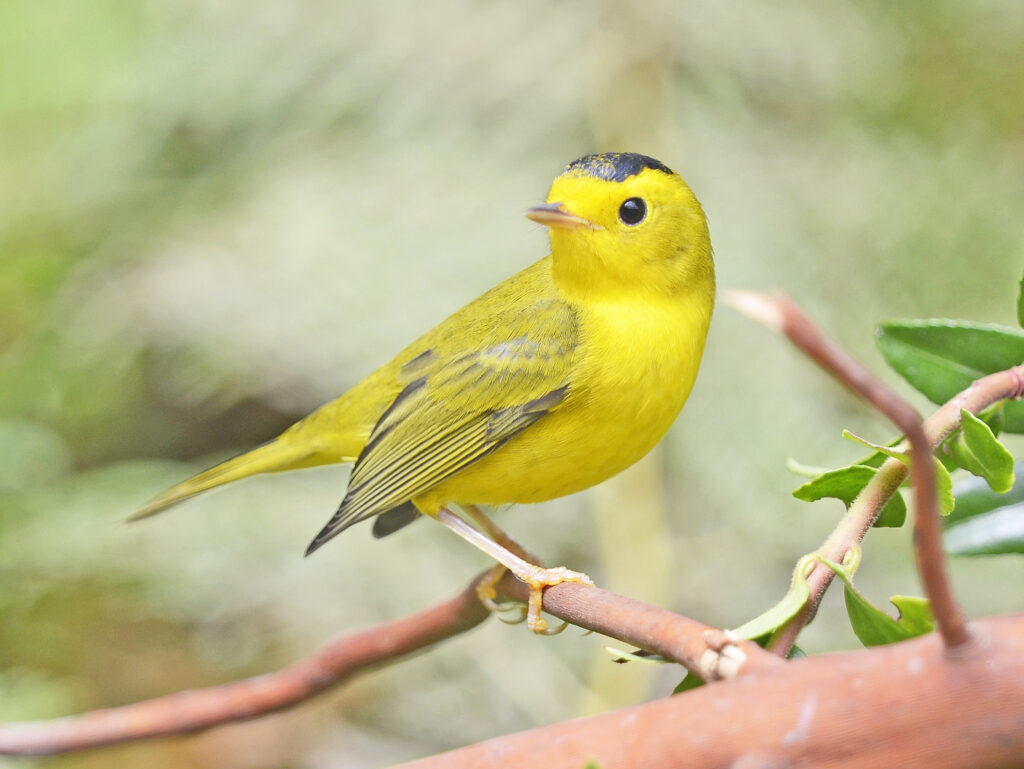
These peculiar birds have an appearance similar to that of wearing skull hats.
The male Wilson’s birds of paradise are very vibrantly colored, with green, yellow, and red feathers prominently displayed over their bodies.
The inside of their lips are a pale golden color, and their tails may be made to coil into loose ringlets.
The ladies are far less ostentatious than the males; their feathers come in a variety of hues of brown, and their tails are unadorned.
The turquoise head, which is shockingly just naked skin, is shared by both the females and males of the species.
When guys are seeking to attract a potential girl, they will clean up an “arena” to dance in so that they may show off their dancing skills.
4. Royal Flycatcher

The plumage of a royal flycatcher is typically drab and pale brown on the top and pale yellow on the underside.
At first glance, these birds appear not to be particularly attractive.
The crest, which generally rests in a horizontal position on top of the bird’s head, is where the bird’s true beauty may be found.
When grown, it forms a stunning fan shape, showing either a dark crimson for males or a brilliant yellow for females.
In order to draw even more attention to the flash of color, the tips of the fan are detailed in silver and black.
It is thought that the crest will raise itself when the bird is under duress or when it perceives danger, in addition to when the bird is engaged in courting behavior.
They have a habit of moving their heads from side to side in a manner that is almost mesmerizing.
5. Saxony King
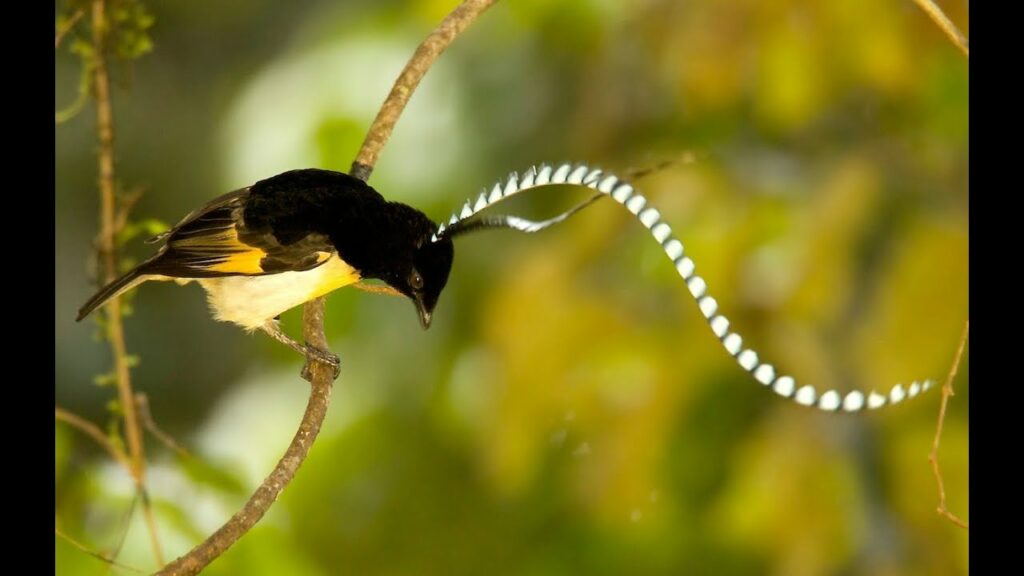
The male King of Saxony birds exhibits an appearance of having eyebrows that are quite prominent.
By bouncing and blowing up their plumage, they want to draw the attention of females, which is accomplished with the help of these head wires.
Males will sit high above their territory and shout out to possible mates as part of their mating ritual.
This behavior is intended to attract females to the show.
The call seems less like that of a bird and more like that of a call warning from the future.
6. Hoopoe

The Hoopoe may not have the bright colors of the various birds on our list, but the striped black and white plumage that it sports is sure to grab your attention.
The Eurasian Hoopoe has been the national bird of Palestine. Its name comes from the sound it makes, which is a low “hoops, hoops.”
The birds like to take dust baths and sunbathe with their feathers spread out, which helps them relax.
The crested avians are particularly possessive of their territory, and they build their nests in cavities that they excavate in trees or on walls.
A gland in the body of the mother, as well as the nestlings, emits an odor similar to that of decaying flesh, which serves as a defense mechanism against potential predators as well as parasites.
7. Wire-Crested Thorntail

The males of the Wire-crested thorntail species have a teeny-tiny spike of plumage on their heads, which gives rise to the species’ name.
They are considered to be one of the tiniest birds that are still alive today, and their average weight is just 2.6 grams.
Both male and female specimens exhibit iridescent colors, but males are distinguished by their crests and their long tails.
These little birds, like the vast majority of other hummingbirds, have solitary lives and do not migrate in large groups.
Both males and females probably have sexual encounters with a number of potential mates, but the males have no role in building the nest or caring for the young chicks.
8. Golden Pheasant

Although they are endemic to China, golden pheasants may also be discovered in the United Kingdom.
The males, having their striped plumage that resemble the names of ancient Egypt, have the appearance of being little bird pharaohs.
They spread out the plumage on their necks in order to entice the brown-and-black-feathered females that they are seeking to mate with using their brilliant feathers.
The game birds possess the capacity to fly, but they aren’t very adept at it, so they spend most of their time on the ground.
This is where they spend their whole lives.
9. Parotia

The males of the Parotia genus are easily identifiable by their brilliantly colored chests and their striking blue eyes.
The bird is often referred to as the “bird of paradise with six feathers” due to the fact that it has six feathers that grow from the back of the bird’s head.
When a guy is trying to find a mate, he will clean up a section of the forest in order to set the scene.
The bird will remove any garbage from the floor and will also use tools to clean the branches.
When everything is in order, the Parotia will execute an incredibly inane dance that consists mostly of head bobbing and shaking the body in various directions.
10. Blue-Capped Pigeon

The blue-capped pigeon is a variety of pigeons that is the second biggest in the world and is considered to be among the most elegant varieties.
The gigantic bird may go up to about two pounds in weight.
It has a fluffy crest perched atop its head with feathers that is a lovely warm purple-blue color.
The females are just as elaborately decorated as the males, although the males are often bigger than the females.
11. Black-Crowned Crane

African savannahs are home to a species of crane known as the black-crowned crane.
They are mostly black, having crimson and white accents here and there and a crown of plumes made of gold.
The gular sac, often known as the red pouch that dangles below their beak, is expanded so that the bird may make loud mating sounds.
The beautiful birds build their nests in the marshes and feed on the other creatures and insects that live there.
Cranes are sadly classified as a species that is in danger of extinction since their habitat is being destroyed.
12. Great Hornbill
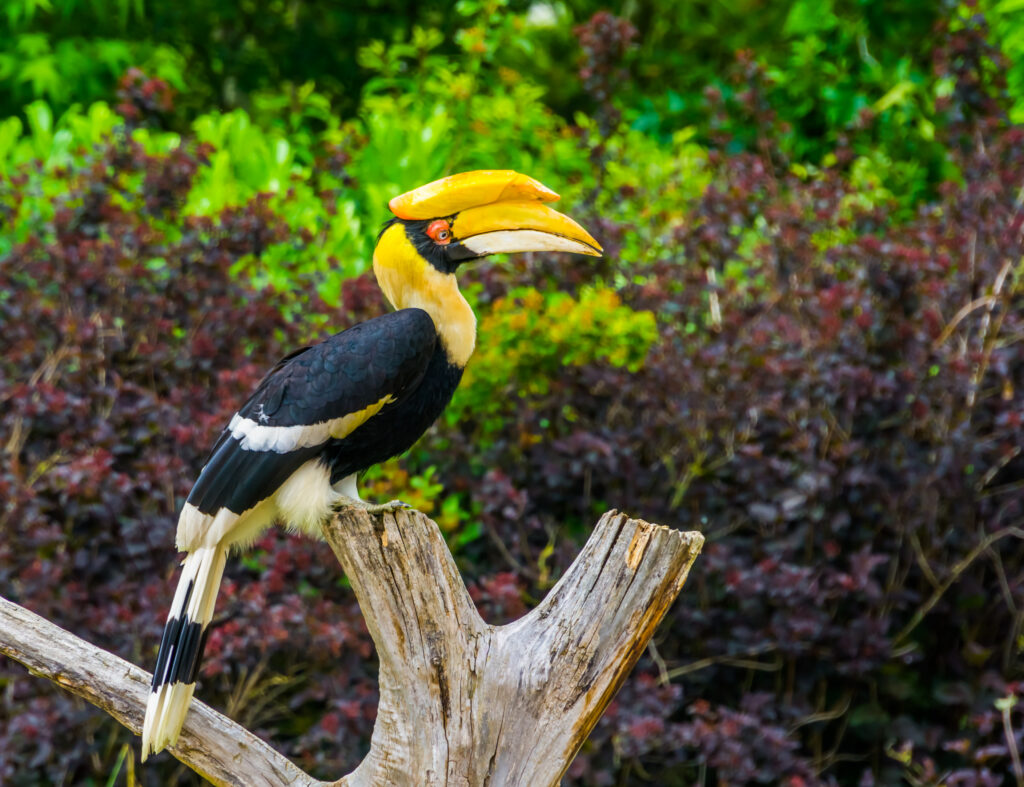
The great hornbill is a very large bird, reaching heights of up to four feet and weighing up to 7 pounds at its heaviest.
Its wingbeats may be heard a half mile distant, despite the fact that its wingspan is just five feet.
Their imposing beaks have a structure called a casque that is hollow, and the remainder of the beak is likewise light because it is packed with air pockets.
There is no recognized function for the casque; however, some people believe it assists in the process of finding a partner.
After the mating ritual is through, the female will sequester herself in a tree, leaving just a narrow entrance for the male to use to bring her food.
She is going to remain in the tree till all of her babies have feathers.
13. Cassowary

These dinosaur-like birds can reach speeds of over 31 miles an hour, stand over five and a half feet in height, and weigh more than 100 lbs.
They are the second biggest bird in the world after the ostrich.
They feature an outstanding casque on the crown of their heads, much as the hornbills do.
These huge dinosaur birds aren’t often aggressive, but you shouldn’t take their docile demeanor for granted since they have sharp claws and powerful kicks, and they’ve been reported to claim the lives of dogs.
14. Red-whiskered Bulbul

These edgy birds feature teeny-tiny mohawks made of feathers.
Both males and females bear these black crests, and during the courting process, they will raise and lower them like little curtsies.
It is believed that they originated from India; nevertheless, they had since become established throughout Florida when a few domestic bulbuls escaped from an aviary near Miami in the year 1960.
15. Hawk-Headed Parrot

The Amazon Basin is home to the lovely hawk-headed parrot; however, you should have no trouble tracking one down at your neighborhood pet shop.
Hawk-heads are similar in appearance to regular parrots; however, they possess multicolored feathers that, when raised, form a colorful mane that gives them a more menacing appearance.
Conclusion
In conclusion, the world of birds with feathers on their heads is a diverse and fascinating one.
From the majestic crested Cassowary to the charmingly quirky hoopoe, these birds never fail to capture our attention and inspire our admiration.
By exploring the unique characteristics and behaviors of 15 different types of birds with feathers on their heads, we have gained a deeper appreciation for the incredible diversity of the avian world.
Whether you are a bird enthusiast or simply appreciate the beauty of nature, these magnificent creatures are sure to enchant and captivate you with their unique and awe-inspiring features.
So, take a moment to observe and appreciate the birds around you, and revel in the wonder and beauty of the natural world.
FAQ
What is the function of feathers on a bird's head?
Feathers on a bird’s head serve a variety of functions, including insulation, communication, camouflage, and display. Some birds also use their head feathers for defense, such as the crested eagle, which can raise its feathers to appear larger and more intimidating to predators.
What are some of the most unique birds with feathers on their heads?
Some of the most unique birds with feathers on their heads include the vibrant peacock, the strikingly patterned hoopoe, and the stunningly iridescent hummingbird.
Can feathers on a bird's head change color?
Yes, feathers on a bird’s head can change color due to various factors such as age, sex, and breeding season. For example, male birds may develop brighter, more vibrant head feathers during the breeding season to attract mates.
How do birds maintain their head feathers?
Birds maintain their feathers through a process called preening, which involves cleaning, arranging, and oiling their feathers to keep them healthy and waterproof. Birds may also use dust baths and other grooming techniques to keep their feathers in good condition.
Why are some birds with feathers on their heads considered endangered?
Many birds with feathers on their heads are considered endangered due to habitat loss, pollution, hunting, and other human-related activities. It is important to take steps to protect these birds and their habitats in order to ensure their survival.
Last Updated on March 22, 2023 by Lily Aldrin
